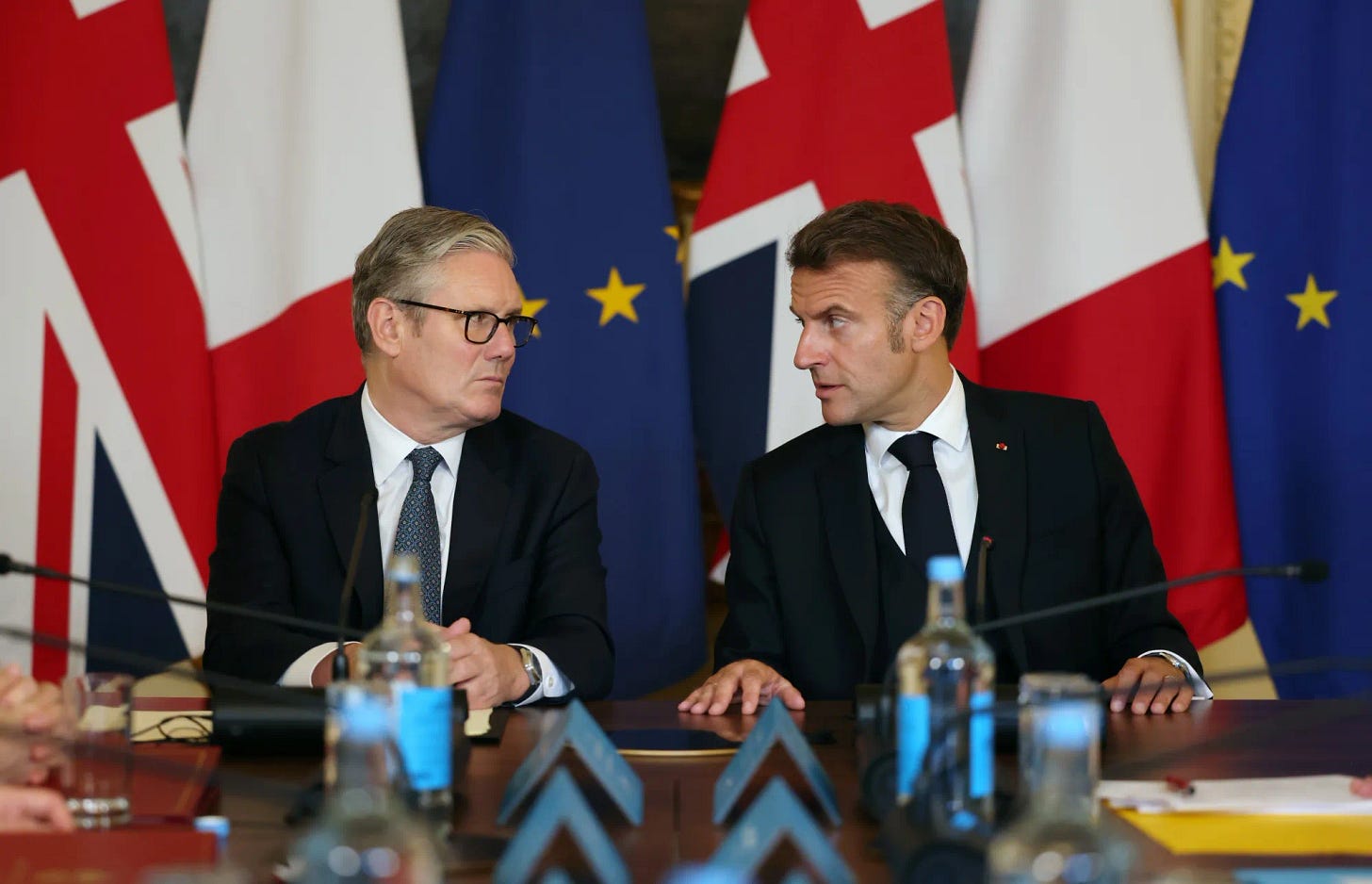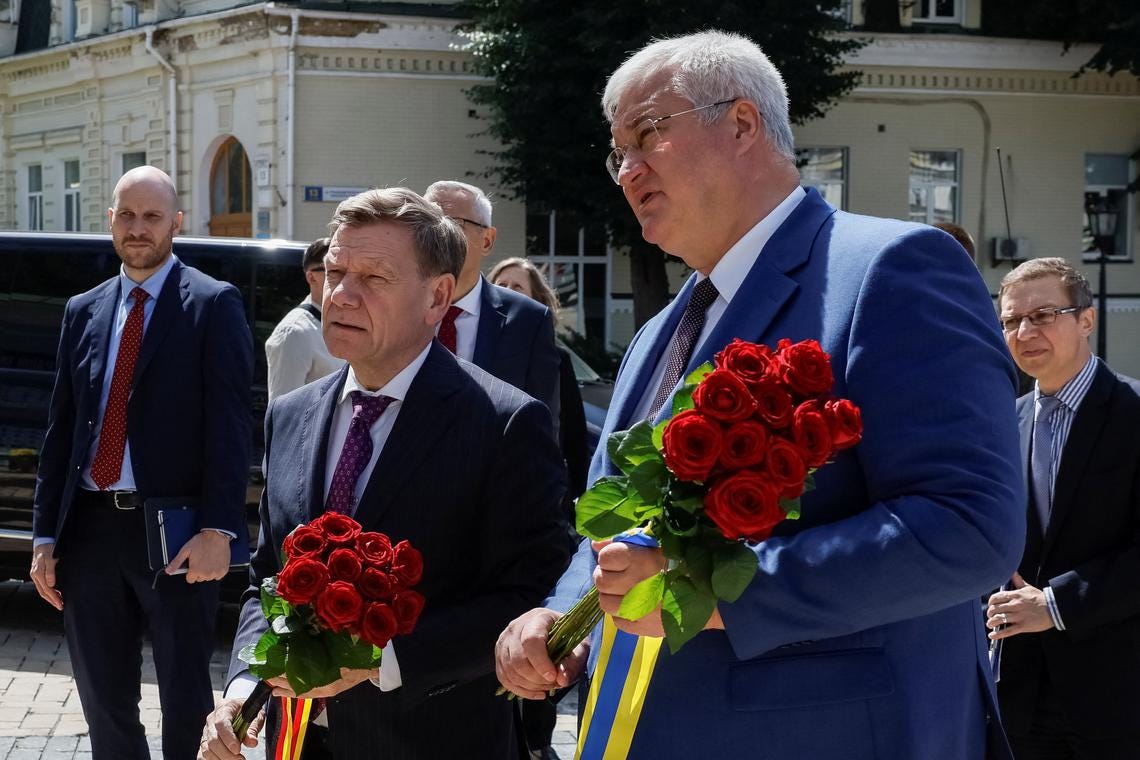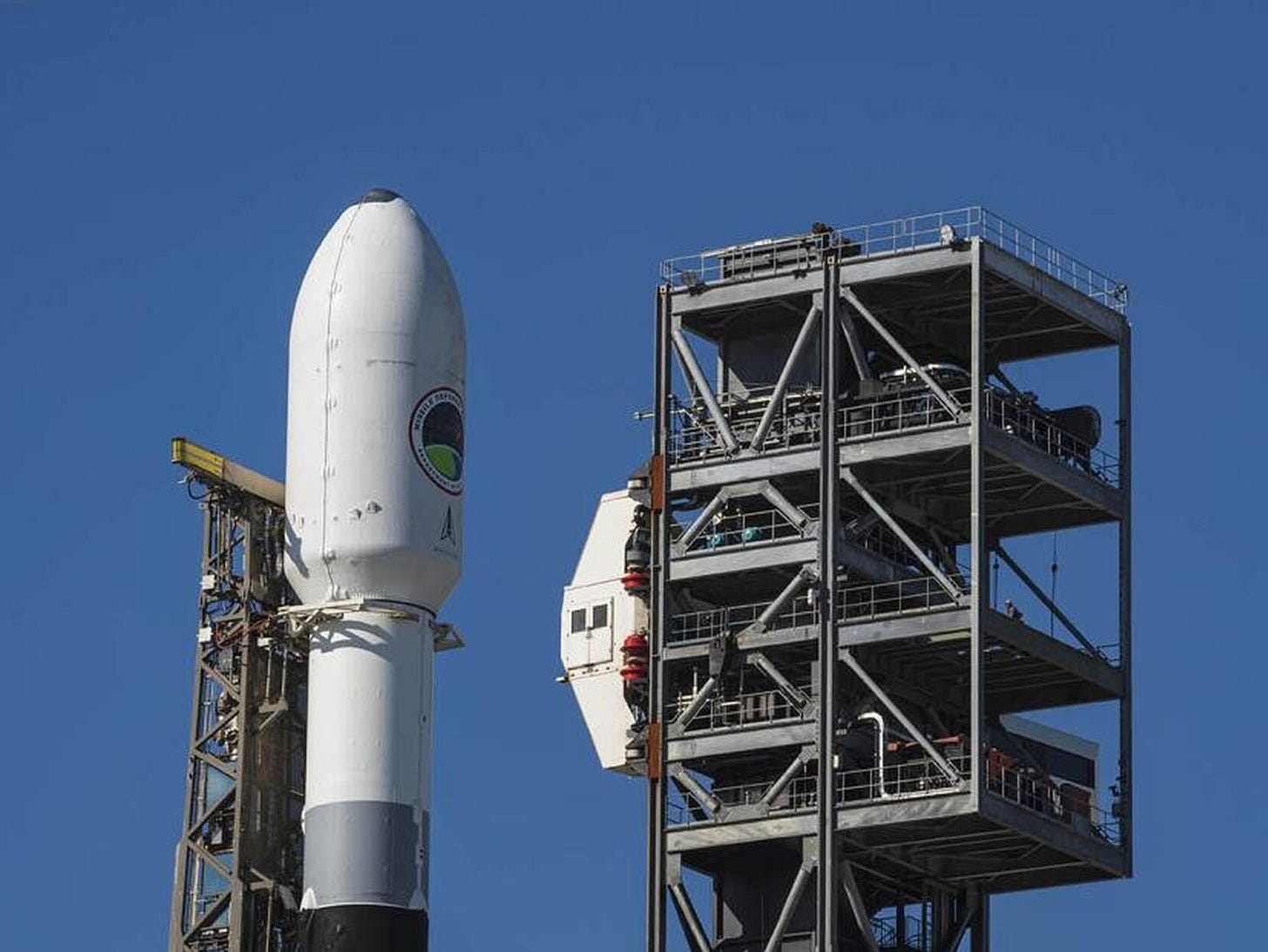Defence Finance Monitor Digest #23
Defence Finance Monitor is the trusted resource for those who aim to anticipate—not merely follow—the dynamics of a sector where investment decisions are inseparable from public strategy. In a landscape shaped by high-stakes political choices and rapid technological shifts, understanding the link between military doctrine, operational requirements, and industrial policy is not a competitive edge—it is a prerequisite.
We analyse how strategic imperatives set by NATO, the European Union, allied Indo-Pacific democracies, and national Ministries of Defence translate into procurement programmes, innovation roadmaps, and long-term industrial priorities. Rather than listing individual companies, we track how clearly defined strategic challenges—such as deterrence gaps, technological dependencies, or capability shortfalls—are converted into funding schemes and institutional demand. Only companies that respond to these challenges become relevant to institutional buyers and, by extension, to investors. This framework has already enabled a growing community of analysts and financial professionals to make more consistent, risk-aware decisions and to avoid costly misalignments.
Subscribing to Defence Finance Monitor means gaining access to a strategic intelligence service designed to support financial decisions in the defence sector. Our work is based on a clear method and principle: In today’s environment, there is no profitable investment without strategic understanding. Resources are limited. Knowing where public money is going—and why—makes the difference between reacting to the market and making informed decisions ahead of time.
EU Activates Fiscal Flexibility to Support Defence Spending in 15 Member States
The Council of the European Union has officially activated the national escape clause under the Stability and Growth Pact (SGP) for fifteen member states, granting them increased fiscal leeway to boost defence spending. The decision marks a significant institutional shift, acknowledging that national security requirements justify temporary deviations from standard budgetary paths. The clause, which allows for up to 1.5% of GDP in additional spending over four years, is applicable exclusively to defence-related expenditures. Countries benefitting from this flexibility include Belgium, Bulgaria, Croatia, Czechia, Denmark, Estonia, Finland, Greece, Hungary, Latvia, Lithuania, Poland, Portugal, Slovakia and Slovenia.
Franco-British Nuclear Coordination: Strategic and Industrial Implications
The July 2025 Franco-British summit marked a decisive step forward in European defense cooperation, pairing strategic nuclear coordination with a robust industrial agenda. While France and the United Kingdom reaffirmed the independence of their nuclear arsenals, the newly signed Northwood Declaration commits both countries to consult politically in response to any extreme threat to Europe. This development comes amid rising concern over U.S. strategic reliability and intensifying Russian aggression, positioning Paris and London as the de facto nuclear guarantors of the continent. In parallel, the revised Lancaster House agreements now include operational integration in domains such as space and cyber, reflecting a broader shift toward full-spectrum deterrence architecture within NATO.
Strategic Interdependence: Germany and Ukraine Redefine Defense Cooperation
The visit of German Foreign Minister Johann Wadephul to Kyiv marks a significant evolution in the relationship between Germany and Ukraine in the field of security. This is no longer merely a matter of unilateral military aid, but rather the foundation of a structured, long-term partnership between defense industries and political authorities in both countries. The initiative comes in response to continued Russian missile and drone attacks against the Ukrainian capital, but its rationale lies in a broader principle: the interdependence of European security. According to Wadephul, defense cooperation is “a true asset” and represents a logical continuation of military assistance. The goal is not to react episodically, but to create a stable framework for technological and industrial collaboration.
Canada and the EU Forge a New Defence Industrial Alliance
The European Union is finalizing bilateral agreements with Canada and the United Kingdom to grant both countries access to its new €150 billion loan facility dedicated to defence production. The initiative, expected to be concluded by the end of July, will allow Canadian and British companies to participate in joint procurements funded by the EU—an unprecedented step for non-member states. The move follows recent partnership frameworks signed with both countries, reflecting the EU’s strategic intent to widen its defence industrial base and reduce critical dependencies, particularly on the United States.
Modernizing Nuclear Command and Control: The Strategic Imperative of the Evolved Strategic SATCOM (ESS) Program
The U.S. Space Force has awarded Boeing a $2.8 billion contract to deliver the first two satellites of the Evolved Strategic SATCOM (ESS) program, a cornerstone of the Pentagon’s plan to modernize nuclear command, control, and communications (NC3) infrastructure. With options for two additional satellites, the award marks a critical inflection point in the transition from the legacy Advanced Extremely High Frequency (AEHF) system to a more proliferated, resilient, and flexible satellite architecture. The ESS constellation will serve as the backbone of space-based strategic communications, ensuring secure and survivable connectivity between the President, combatant commanders, and nuclear forces under any operational condition, including a nuclear environment.








